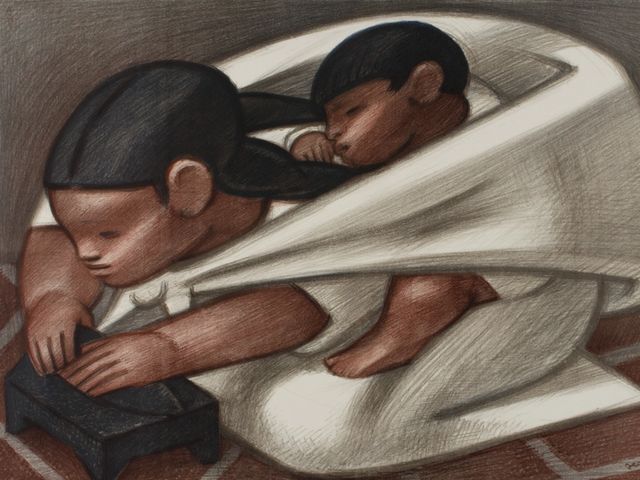Mexico and Modern Printmaking, 1920–1950

Mexico witnessed an exciting revival of printmaking alongside its public mural program in the decades after the Mexican Revolution. Artists such as Diego Rivera, David Alfaro Siqueiros, José Clemente Orozco, and Rufino Tamayo produced prints that furthered the social and political reforms of the revolution and had a wide-ranging impact on the international world of printmaking. The Philadelphia Museum of Art began acquiring Mexican prints in the 1940s and maintains one of the richest collections of this material in the United States. Among the museum’s holdings are works produced at the Taller de Gráfica Popular, a progressive printmaking collective founded in Mexico City in 1937. The collection also includes prints published by the Weyhe Gallery in New York, which commissioned lithographs and woodcuts by Mexico’s leading painters and distributed them to international audiences. Prints by foreign-born artists working in Mexico, such as Elizabeth Catlett, Charles White, Tamiji Kitagawa, and Jean Charlot, underscore the powerful attraction exerted by Mexican art and culture over several generations of artists worldwide.